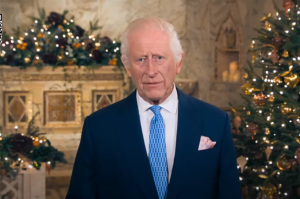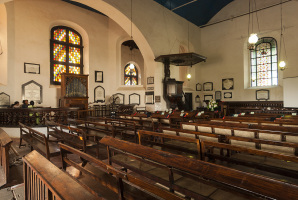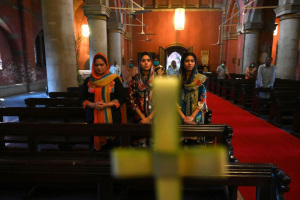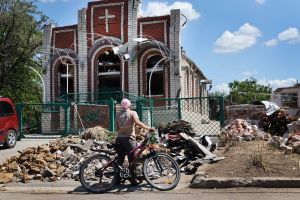Massive Black Egyptian Sarcophagus Opened to Reveal Three Mummies
Egyptian archaeologists have pried open the massive granite sarcophagus unearthed earlier this month in Alexandria, Egypt, despite unfounded fears of a possible curse lurking inside the 2,000-year-old relic. Inside, a research team found the remains of three mummies, apparently making up a small family buried together.
"We've opened it and, thank God, the world has not fallen into darkness," Mostafa Waziry, the head of Egypt's Supreme Council for Antiquities, told the media present at the site during the reveal.
This 30-ton black sarcophagus was found by local authorities, who took the time to do an archaeological survey on the site of a new building on Al-Karmili Street, in the Sidi Gaber district of Alexandria before construction work began.
Excavators also found, together with the sarcophagus some 16 feet below the ground, a roughly carved bust of a man made of solid alabaster which was first believed to be a likeness of the person in the massive coffin.
Researchers were also expecting the inside of the sarcophagus to be more or less intact, since the mortar seals attaching the lid to the body appears to have been untouched, a rare find in Egyptian tombs that have long since fallen prey to vandals and robbers.
Unfortunately, the mortar seals turned out to be imperfect. When archaeologists pried the lid open, they found three decomposed skeletons instead of preserved bodies. The remains were submerged in what is believed to be sewage water that have leaked inside from a nearby building, having seeped through a crack in one of the sides, according to The Guardian.
"We found the bones of three people, in what looks like a family burial," Waziry said about their discovery.
"Unfortunately the mummies inside were not in the best condition and only the bones remain," he added, as quoted by The Standard.





























